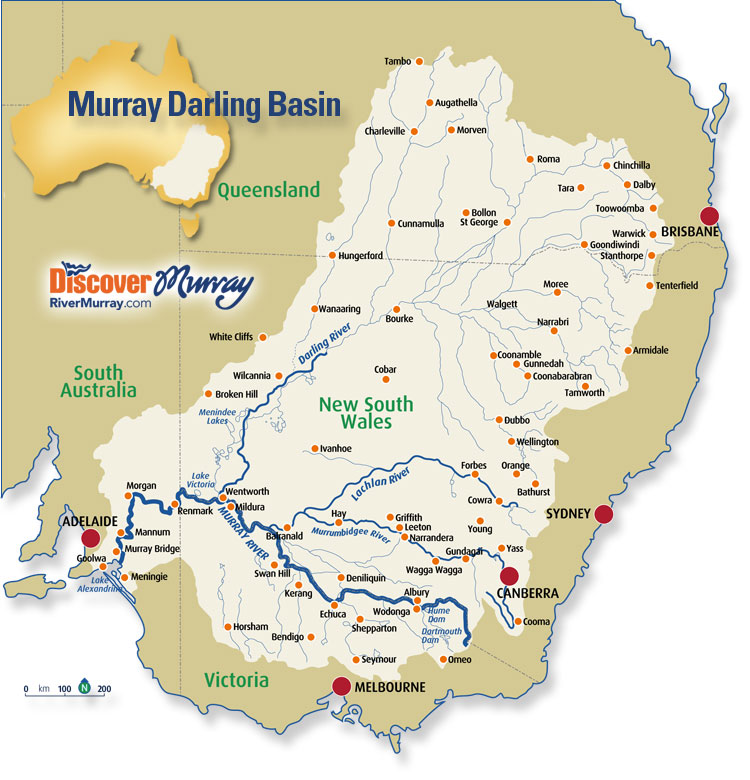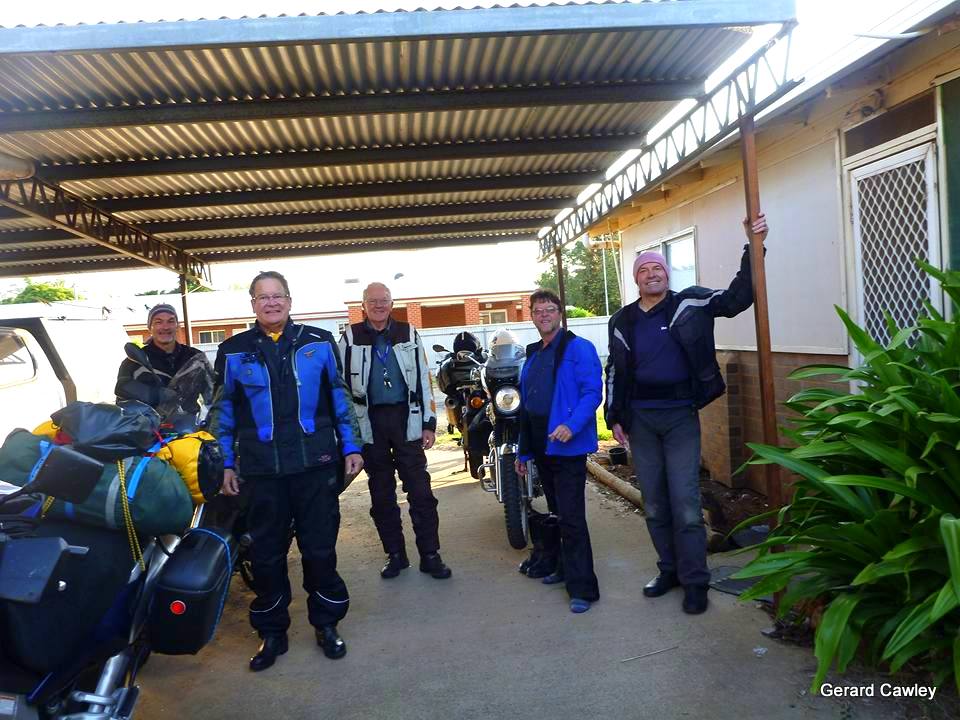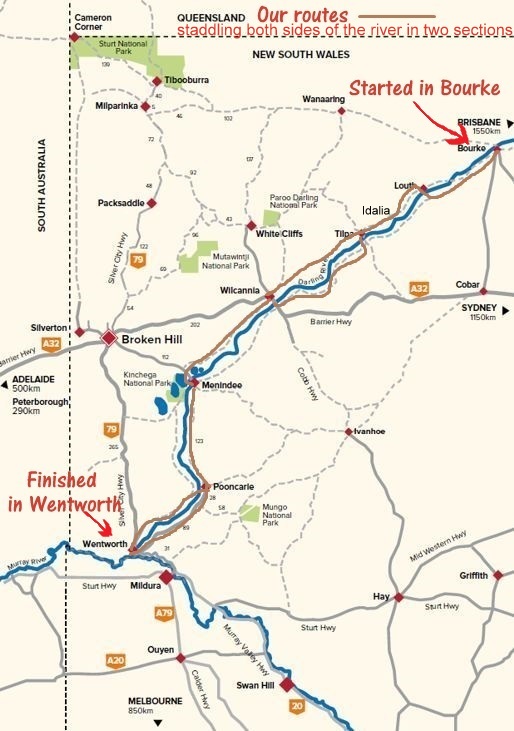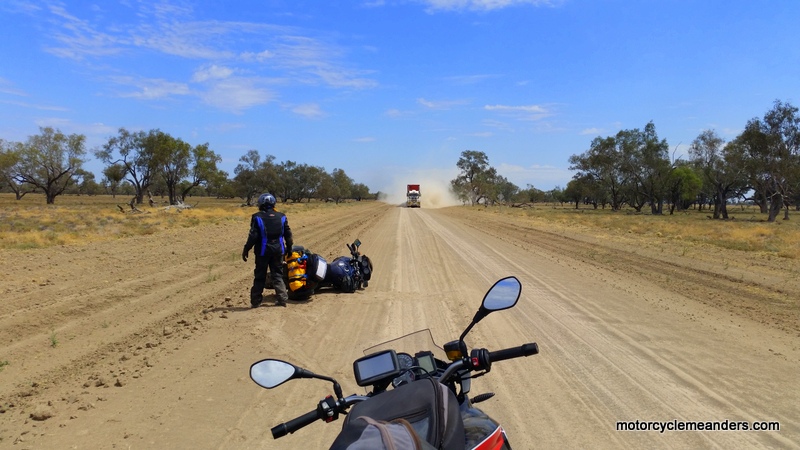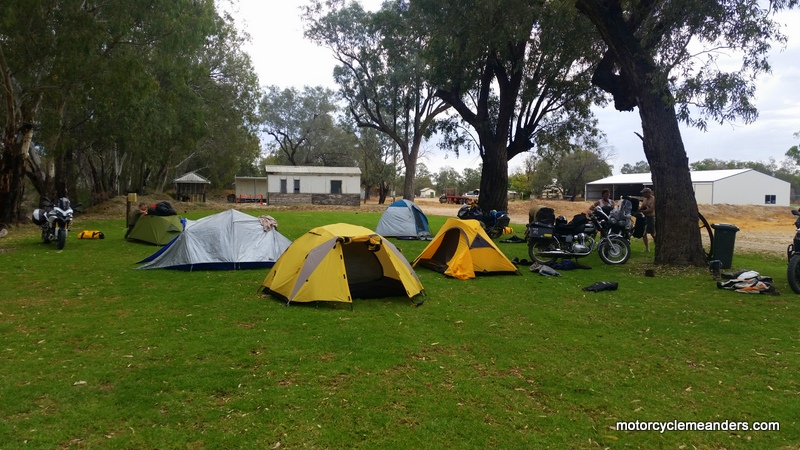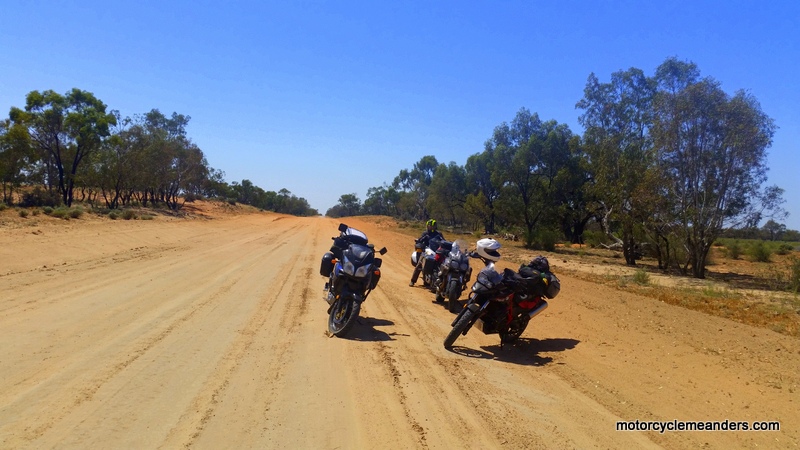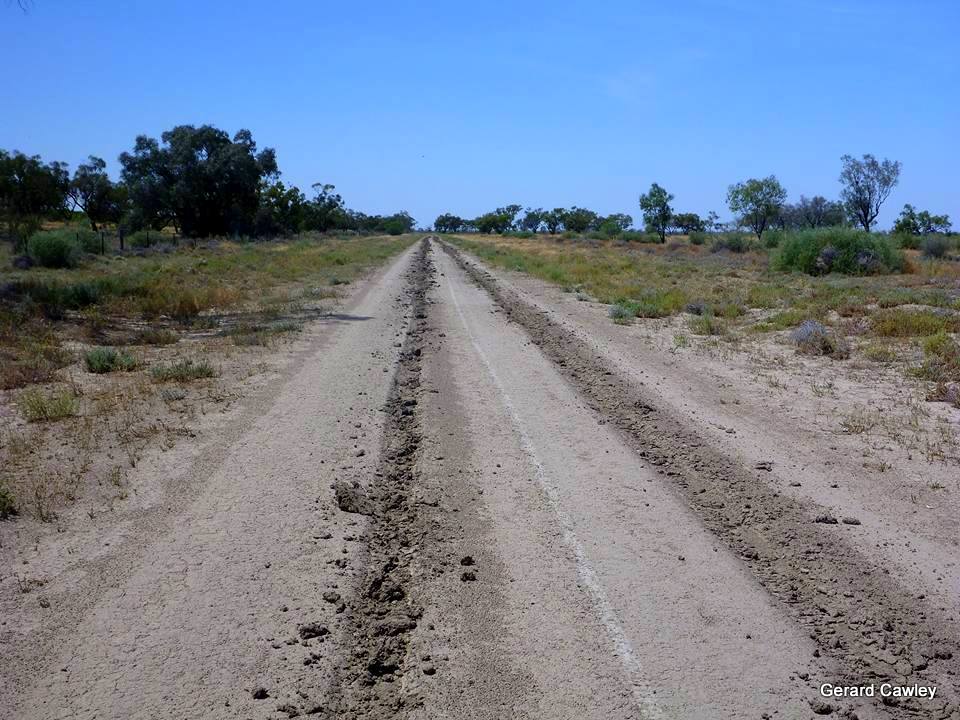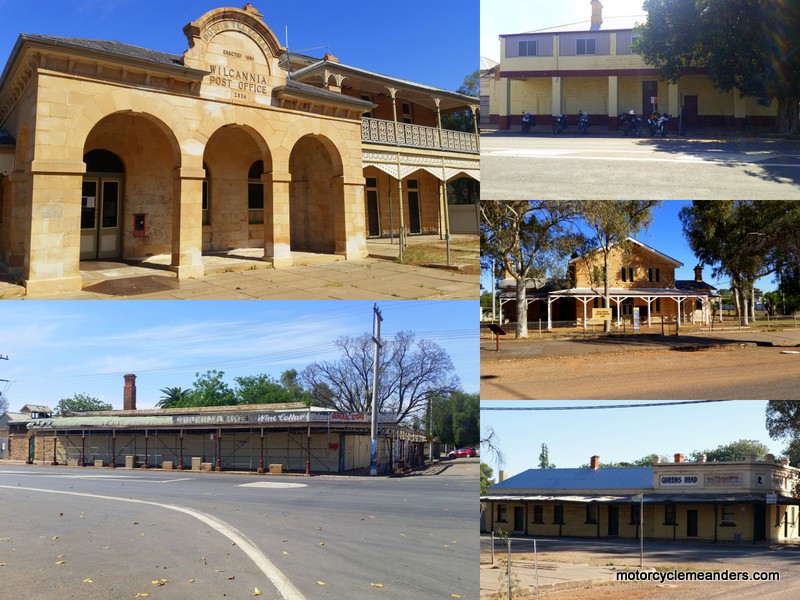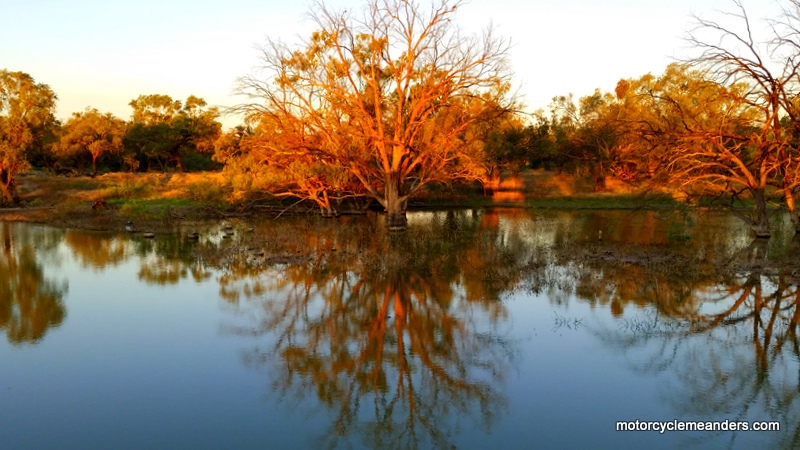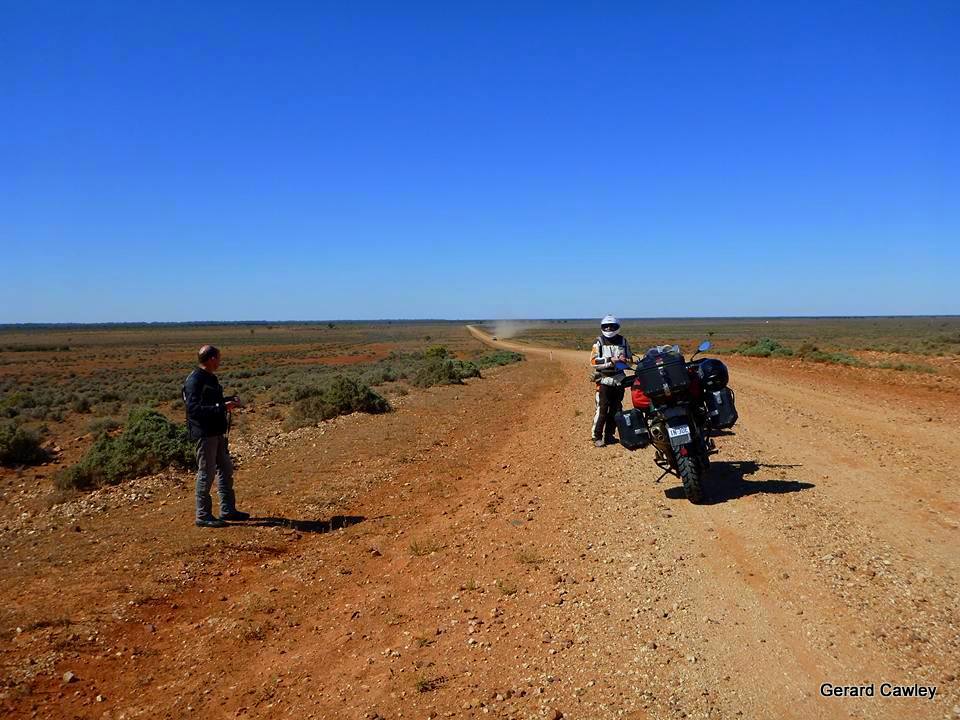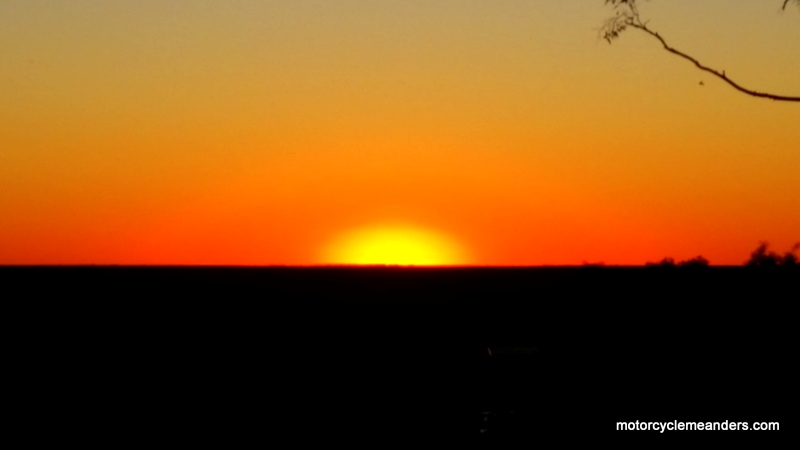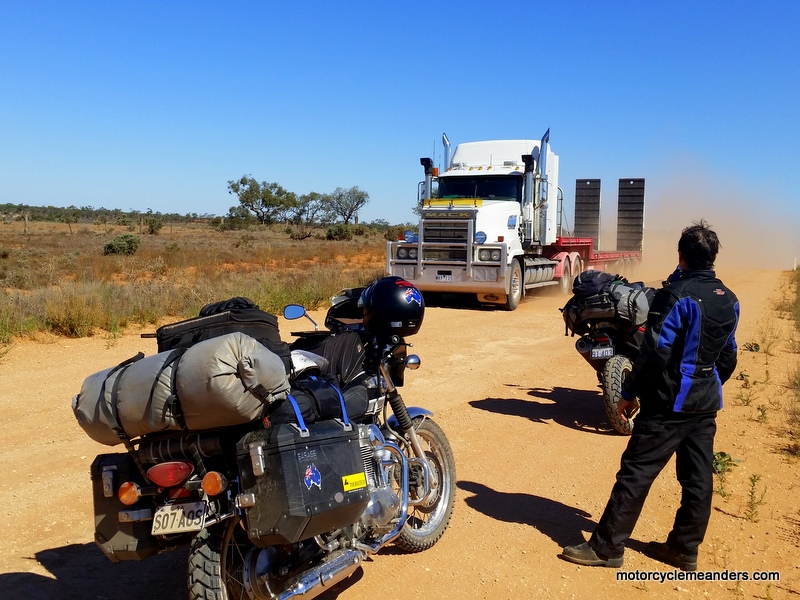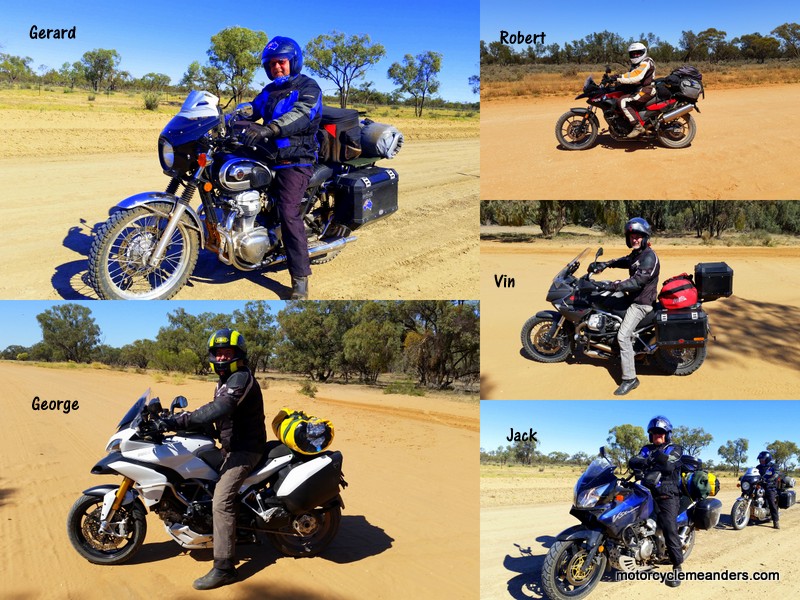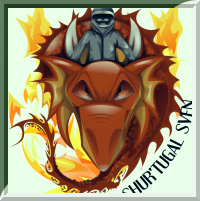
 |
|
Darling River Run Following the Darling from Bourke to Wentworth October 2015
The Darling River Run – essentially following the Darling River from near its starting point in northern NSW to its mouth at Wentworth in southern NSW – is one of Australia’s iconic Outback adventures. For me personally, it was also a continuation of tracing the steps of my great grandfather William Crick who carried mail from Wentworth to Wilcannia on horseback and ran a paddle steamer and wool barge along the Darling River. This was after his mail runs along the Murray River described on my page Old Mail Routes. There wasn’t that much to investigate, so the trip was more a little nostalgic indulgence within an enjoyable adventure undertaken with four good friends. Plans and Preparations
As a prelude and introduction to the ride, I prepared a short background on the river, its significance, its role in local history and what we might expect on the ride. You can access this document as a PDF here: Darling River Run. There’s also a useful visitors’ guide to the run in PDF format here: Outback NSW Visitor Guide. There was much discussion about tyres. The roads – or tracks – along the Darling are mostly gravel with lots of expected sand and bulldust. So tyres became a focus of each rider’s planning. (Note: Bulldust is a typically Australian term used to describe the road sand that has been pulverised by trucks and 4x4s into powder-fine dust that can engulf the hapless traveller.) More on bikes and tyres at the end of this page.
Getting to Bourke
On the first day of the two-day segment, we all started out in temperatures around 10⁰C but finished the day just short of 30⁰C. From Canberra the first 200km heading west was green and bright yellow (canola) but from Temora the terrain became flatter and drier. We passed through Yenda and is gigantic Casella wine factory which, I was told, is Australia’s largest wine exporter (the Yellowtail brand). Then through the many wineries of the Murrumbidgee Irrigation Area surrounding Griffith; and onto the tiny one-pub town of Goolgowi.
From Goolgowi we had fewer than 500km to Bourke, so a leisurely 8.00am start for a 60km ride to Hillston for breakfast and refuel. Not sure where the Outback technically starts but from here the distances between towns begin to stretch out. Cobar at 250km further on was the next opportunity for anything. Cobar has a long and substantial mining history which continues today. Finally, a 160km stretch to Bourke on the upper reaches of the Darling River.
Between Bourke and Wentworth there are roads and tracks along both sides of the Darling. There are also opportunities to cross the river in at least six places over the 730km ride. By splitting up a couple of times, we manged to do both sides at places. It might make it easier to interpret by referring to this map on which I've been waiting for copyright approval. I guess I can regard it as pending.
At Louth, we crossed to the west side to reach the Idalia sheep station for a night's camping. From Tilpa to Wilcannia, four of us stayed on the west side. One of us crossed to the east side. From Wilcannia to Menindee; we rode on the west side From Menindee to Pooncarie, we rode on the east side From Pooncarie to Wentworth, two of us rode the bitumen on the east side. Three of us rode the dirt roads on the west side. The Darling Ride: Day 1
The homestead and its visitors’ camping area are right beside the river. From our camp we looked down on the river. The high bank on the west side has so far protected the homestead from the gigantic floods of the Darling – with the help of a levy bank around the homestead.
It had begun propitiously enough with a firmly based gravel road that started shortly after turning onto the Wilcannia road not far from Bourke. But that didn't last long. The road rapidly transformed itself into a spread of red, powered gravel – something of a mix of sand and bulldust – that moved the bike in ways that made your stomach involuntarily knot.
We crossed the river at Louth and proceeded to Idalia on the west side where we faced even worse road surfaces. We encountered (and survived with only a few minor drops) several kilometres of powder-fine grey dust that at times gathered in long mounds created by the grinding and shunting of the wheels of the road trains.
We then had a further 130-150km to get to Wilcannia. The initial, if tentative, plan was to travel the from Tilpa on the eastern side. That was based on internet research; but the good advice was to get the latest intelligence about roads from the Tilpa pub. That didn’t quite work out.
We all easily met up in the surprisingly small centre of Wilcannia.
Our camp for the night was a few kilometres out of town on the banks of a billabong adjacent to the Darling.
The Darling Ride: Day 3
The road option chosen was the west side for the 150km ride to Menindee. For the first half of the trip the road continued the pattern of yesterday of changing colours and textures, the latter often hard to pick even in the near distance. Curiously today it seemed that it was the black/grey soil that had the powdery patches – sometimes in the wheel tracks at other times all along the rims of the road. Nothing seemed consistent.
For the second half of the day the road was firmly packed and openly invited a lot of high gear cruising interrupted briefly at times by the inevitable patches of enough soft coating to move the bike unexpectedly. But overall a good fast run.
Not surprisingly we enjoyed a celebratory dinner at our digs at the Royal Hotel in Wentworth. Wentworth
We parted company here: George and Vin headed to Melbourne in Victoria (a day’s ride). Jack set out early for Canberra in the Australian Capital Territory (a two-day ride). Gerard and I first did a little sightseeing before Gerard set out for Victor Harbor in South Australia (a day’s ride) and I set out for a family visit in Wagga Wagga in New South Wales (a two-day ride). We all had a 38⁰C ride day! Our Darling River Run had come to an end. We all agreed that it had been a great experience: enjoyable and challenging riding; and convivial company.
People
Having learned the hard way on my Old Mail Routes ride that it wasn’t a great idea to do that sort of riding alone, I had initially discussed the trip with Gerard whom I’d met on the Nepal Bhutan tour and subsequently travelled with in the Himalayas, Tibet and Mongolia. I first met George on the motorcycle tour of Turkey. Subsequently we have met up several times including with mutual visitations and the gatherings (XXL weekends of partying) with other close friends from the Ferris Wheels Motorcycle Tours diaspora. George and Rose were fellow participants on the Vink&Vink Inc tour of South Africa (the Vinks are mutual friends from tours and subsequent gatherings) and George was on the tour of Mongolia. Vin, part of the diaspora, I met through the gatherings subsequent to tours. We were also fellow participants on the South Africa tour. Along with George, we rode the Brindabella crossing through Wee Jasper on a very muddy forest track as a prelude to Mongolia. We were also fellow participants on the Mongolia tour. Jack has been a fellow rider locally for many years. We have ridden many day rides as part of a “Wednesday Ride Group” and many three-day rides into the Snowy Mountains. We’re also in a three-days-a-week cycling group! Bikes and Tyres Gerard rode a Kawasaki W800 with Heidenau K 60 tyres George rode a Ducati Multistrada 1200S with Michelin Pilot Road 3 tyres. Very brave of him and a well-executed feat. Vin rode a Moto Guzzi Stelvio 1200NTX with Heidenau K 60 tyres. Jack rode a V-Strom 1000 with a front Metzeler Tourance and a rear Michelin Anake. I rode a BMW F700GS with Continental TKC 70 tyres. Photo Album Here is the link to the photo album |
